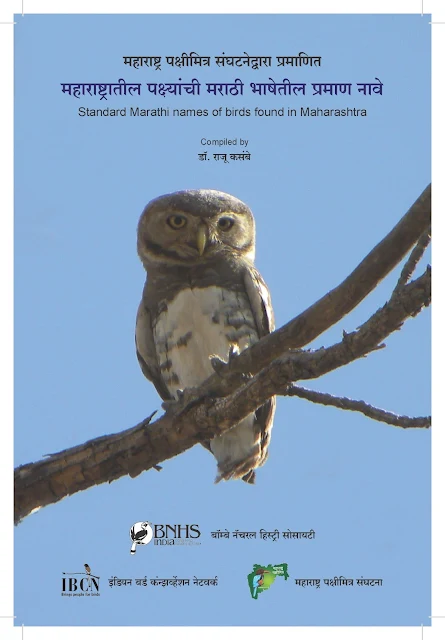Harm caused by fireworks:
1. Air Pollution
A heavy smog hangs low in the air on Diwali
night and a few days after that. While we ignore the smell - and some even
claim to like it - we can't ignore the fact that we are inhaling poison. The
pollutant levels are injurious to our respiratory passages, especially Asthma
patients.
|
Toxic Element
|
Fireworks Usage
|
Toxic Effect of Fallout Dust & Fumes
|
|
Aluminium
|
brilliant
whites
|
Skin
allergy, lung irritation, bioaccumulation
|
|
Antimony
sulphide
|
glitter
effects
|
Toxic
smoke, possible carcinogen
|
|
Arsenic
compounds
|
colourants
|
Lung
cancer, skin irritation and wart formation.
|
|
Barium
Nitrate
|
glittering
greens
|
Respiratory
tract irritation, possible radioactive fallout.
|
|
Copper
compounds
|
blues
|
Can
bio-accumulate. Cancer risk.
|
|
Hexa-chlorobenzene
(HCB)
|
Use
was supposed to be banned globally.
|
Persistent
environmental toxin. Is a carcinogen, mutagen and a reproductive hazard
|
|
Lead
Dioxide / Nitrate / Chloride
|
oxidizer
|
Bioaccumulation,
developmental danger for kids & unborn babes, may remain airborne for
days, poisonous to plants & animals
|
|
Lithium
compounds
|
blazing
reds
|
Toxic
and irritating fumes when burned
|
|
Mercury
(Mercurous chloride)
|
chlorine
donor
|
Toxic
heavy metal. Can bio-accumulate.
|
|
Nitric
oxide
|
fireworks
by-product
|
Toxic
by inhalation. Is a free radical
|
|
Nitrogen
dioxide
|
fireworks
by-product
|
Highly
toxic by inhalation. SIDS risk.
|
|
Ozone
|
fireworks
by-product
|
Greenhouse
gas that attacks & irritates lungs
|
|
Perchlorate
-
Ammonium & Potassium
|
propellant
/ oxidizer
|
Can
contaminate ground & surface waters, can cause thyroid problems in humans
& animals
|
|
Potassium
Nitrate
|
in
black powder
|
Toxic
dusts, carcinogenic sulphur-coal compound
|
|
Strontium
compounds
|
blazing
reds
|
Can
replace calcium in body. Strontium chloride is slightly toxic.
|
|
Sulphur
Dioxide
|
gaseous
by-product of sulphur combustion
|
Acid
rain from sulphuric acid affects water sources, vegetation & causes
property damage. SIDS (Sudden Infant Death Syndrome) risk.
|
2. Noise Pollution
Fireworks can exceed 140 decibels and noise at
85 decibels or above can damage hearing. Prolonged exposure to such high levels
of noise can lead to permanent damage of the eardrums. In the middle of
the night fireworks often disturb people trying to sleep. There are also cases
where people have suffered from heart attack due to the high noise.
Humans are not the only species affected. Birds
and wildlife are known to suffer extensively. Numerous pets are reported to
panic due to sudden and excessive noise. Their stress levels were reported to
be higher during Diwali than any other time of the year.
3. Garbage
The amount of garbage released on the day after
Diwali is phenomenal. Approximately 4,000 additional metric tonnes of garbage
are released in Delhi alone, and twice the amount in Mumbai. And this garbage,
far from being eco-friendly, is extremely hazardous for the environment as it
comprises of chemicals like phosphorous, sulphur and potassium chlorate, and
tonnes of burnt paper. Fireworks use plastic plus paper & cardboard
(which kills trees) and are all made at factories that pollute.
4. Accidents
Numerous fire accidents occur every year. Rough
estimates claim that nearly 10,000 people get injured by the crackers. Most of
the injuries are minor, but cause an untold amount of pain. Most of the victims
are children in the age group of 8-16. Other accidents cause extensive
building fires, especially in places where crackers are stored in bulk.
5. Child Exploitation
Our children are fortunate to be part of the
privileged few that can afford firecrackers. But there are numerous children
who are employed by the firecracker industry, who sit late into the night
making crackers for our children to burn in an instant. Firecrackers are made
using harmful chemicals and acids, and these children work from dawn to dusk,
breathing such harmful fumes and coming into constant skin contact with the
acids. They burn their hands, legs and eyes, and many get maimed for life. The
conditions they work in are inhuman, and the compensation, pitiful.
Fireworks Alternatives
- Switching
to an environmentally friendly laser light show
- A
stunt kite show at night with some LED's
- Watching
the stars or organize an outdoor movie.
- Some
people are organizing community drum circles and drumming instead of
lighting fireworks.
- Indoor
fireworks projectors are small devices that can be used indoors that
produce convincing reproductions of firework displays as well as
simulating the noise of real fireworks.
- Electronic
fireworks display lamps produce colourful explosions of light all night
long without the pollution or noise of real fireworks.
- Electronic pyrotechnics don't use explosives
either. Electronic blasts can form a canopy up to 25 feet in the air that
rain down glitter, confetti, rose petals or even candy.
Just imagine all the possible more meaningful and
beneficial ways we could use all the money spent on fireworks that wouldn't
pollute our environment.
Wish you all Healthy, Safe, Eco-friendly and Prosperous Diwali......

































